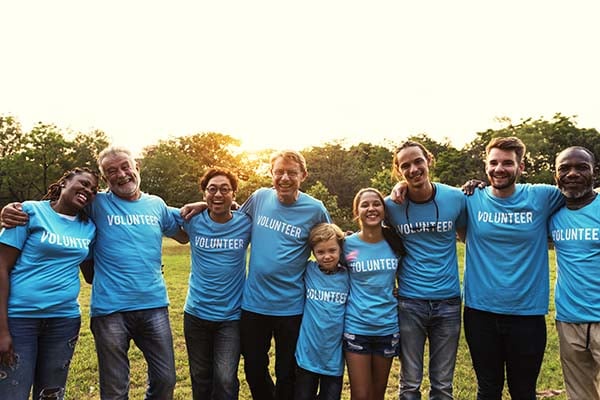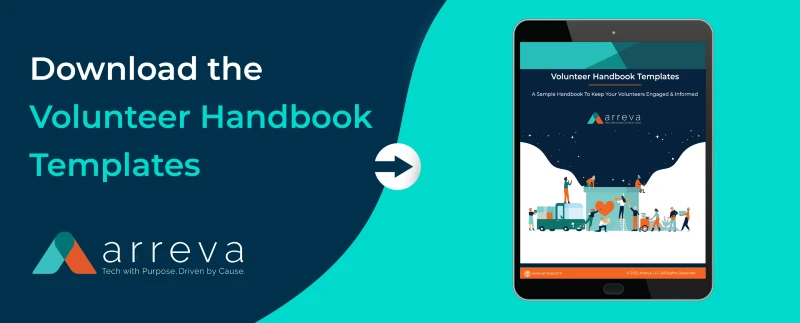How to Involve Your Volunteers in Capital Campaign Fundraising

Capital campaigns typically follow the 80/20 rule: 80% of the money comes from the top 20% of the donors. This means that the key to success for your capital campaign is securing those major gifts that fill in the top tiers in your gift range chart. These major gift donors are those who believe in your cause and your ability to make a difference, have the capacity to make a large gift, and have a connection to someone within your organization.
Fundraising with major donors is largely achieved through personal relationships and conversations between the donor, a volunteer, and the leadership team. Below are some helpful steps to securing large donations through capital campaign fundraising.
Identify Prospective Major Donors
Your most likely prospects can be found among your existing donors. You know these donors have at least some belief in your cause. If you have been doing a good job telling your story, they should see that you are making a difference.
For each prospect, you should determine an ask range. Of course, this will depend on their capacity to make a large gift and the level of their past giving will tell you something about their giving capacity, which you can look up in your donor database. However, there are many ways to do further prospect research to ensure you’re targeting the right donors.
One of the easiest is to read through donor lists to other organizations, looking for familiar names. Another is to ask peers to provide insight into what they have done before. There are services, like WealthEngine, that are specifically designed for prospect research.
To turn a high-capacity prospect into a campaign donor will require a personal connection, someone who can invite them to learn more and lead them toward the decision to make a major gift. That person might be a staff member who has a close personal relationship, but it is more often a peer, which brings us to the importance of your campaign volunteers.
Recruit Campaign Volunteers
Your first volunteer recruits should be your campaign co-chairs. These are donors who are your closest friends. They should be willing to make a meaningful gift early in the campaign, and their presence on the campaign letterhead should attract other volunteers.
Consider forming a campaign cabinet of volunteers and plan to meet with them periodically as a group, especially during the quiet phase. There’s nothing like comradery coupled with a little competition to motivate your team.
Volunteers need a lot of staff time. Just handing someone the case study and asking them to solicit their friends will not lead to success. Instead, work with your volunteers to plan the strategy for each prospect. For inexperienced or reluctant volunteers, consider bringing in a consultant to conduct a training for the group.
Remind the volunteers what you would like them to do as the next step. Compose the email for them; go along on the lunch; arrange a site visit that coincides with the prospect’s interests; provide the talking points; refresh the strategy as you go. Above all, make it fun and celebrate progress!
Use volunteers to vet prospect lists, suggest new prospect names, strategize approaches, host gatherings in their homes, and invite prospects to private discussions with staff about your work. Some volunteers may be willing to make a direct solicitation for a gift, but if you have others who are uncomfortable with that, assure them that the staff can take on that last step. By the time a prospect is ready for a solicitation, the hard work has already been done.
Steward Your Donors
Before you solicit major gifts, you should have your stewardship plans in place. How will donors be recognized for participating? You should have a range of naming opportunities and some idea about how top donors will be acknowledged if they do not select a naming gift.
Donors who have made a major restricted gift towards a specific program should receive periodic updates about that program, not just general newsletter updates. Major donors to a building project should be kept up to date on building plans and construction progress. It goes without saying that they should be included in some sort of opening event.
Once you are close to your goal, you might consider circling back to some of the early members of your campaign cabinet for an additional gift to help you get over the top. By now they should be fully invested in the success of the campaign and want to help it reach (or exceed) the goal.
When you have reached your goal and it’s time for a celebration, invite your volunteers to celebrate with you. You all worked hard together to make your plans a reality. Time to raise a glass to congratulate each other on a job well done.


